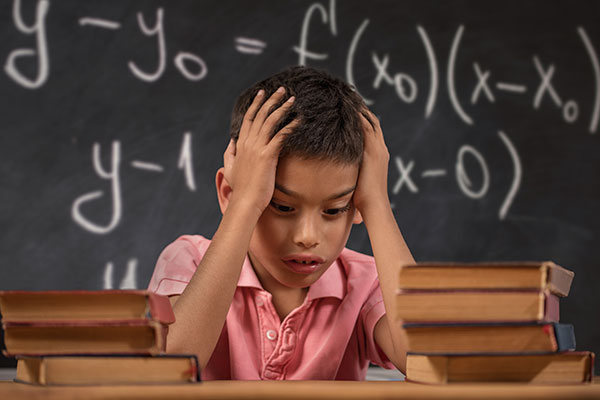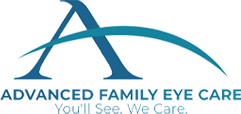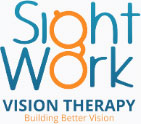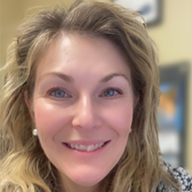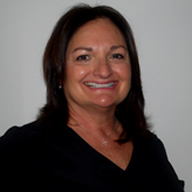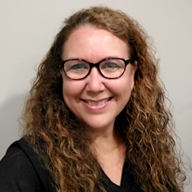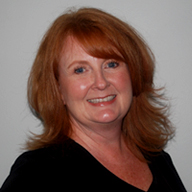Pediatric Eye Care
Pediatric Eye Exams at Advanced Family Eye Care
Your child’s eye care examinations should begin as early as six months of age. The American Optometric Association recommends scheduling a baby’s first eye exam at 6 months. InfantSEE offers a no-cost eye vision exams between 6 -12 months. Advanced Family Eye Care is proud to be part of the InfantSEE program. ( please see our section on InfantSEE for more details.)
An eye examination will be different at each milestone of your child’s life.
Vision screenings at the pediatrician or school is not enough. Significant visual issues that interfere with learning and function can be missed even if the child has 20/20 vision. Prior to your child attending pre-school you should schedule a pediatric examination with an Optometrist. A more in-depth examination will be completed at this time.
What should you expect at these examinations?
What to expect from kids eye exams?
You will be greeted by a technician. They will review the child’s medical and family history.
- The technician will perform a few basic eye tests. If your child is old enough, they will cover one of his or her eyes and ask them to read letters or pictures of different sizes to determine your child’s vision in each eye individually.
- Your child may be asked to put on special glasses and look at a book to see 3D images. The technician may check your child’s eye pressure. While the device they use gets very close to the eye, it doesn’t hurt.
- In older children, we may use testing equipment to look at the inside of the eye. If not, eye drops will be given to your child to dilate his or her pupils. This is an important part of the exam that will allow your doctor to examine the inside of the eye and determine if your child needs glasses.
- Your Doctor will complete the exam. Your doctor will then discuss the results of the exam and determine what kind of care is needed. Many children do not need any special treatment for their eyes, but some children benefit from wearing glasses or monitor the growth and development of the visual system.
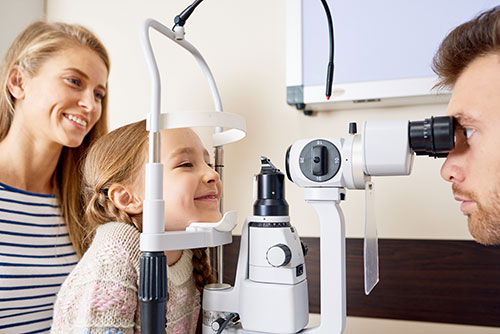
AFTER THE EXAM, THE DILATING EYE DROPS ARE NOT HARMFUL AND WILL WEAR OFF IN ABOUT 2-4 HOURS. SUNGLASSES MAY HELP YOUR CHILD BE MORE COMFORTABLE LEAVING THE CLINIC. SCHOOL-AGE CHILDREN MAY FIND THAT THEIR VISION IS BLURRED WHEN HOLDING READING MATERIAL CLOSE TO THEIR FACE
The following stages of your child’s life will focus on his/her vision and learning progress.
Eye Exams in Infants: Birth – 24 Months
A baby’s visual system develops gradually over the first few months of life. They have to learn to focus and move their eyes, and use them together as a team. The brain also needs to learn how to process the visual information from the eyes to understand and interact with the world. With the development of eyesight, comes also the foundation for motor development such as crawling, walking and hand-eye coordination.
 You can ensure that your baby is reaching milestones by keeping an eye on what is happening with your infant’s development and by ensuring that you schedule a comprehensive infant eye exam at 6 months. The American Optometric Association recommends scheduling a baby’s first eye exam at 6 months. InfantSEE offers no-cost eye vision exams between 6 -12 months. Advanced Family Eye Care is proud to be part of the InfantSEE program. At this exam, the eye doctor will check that the child is seeing properly and developing on track and look for conditions that could impair eye health or vision (such as strabismus (misalignment or crossing of the eyes), farsightedness, nearsightedness, or astigmatism). Since there is a higher risk of eye and vision problems if your infant was born premature or is showing signs of developmental delay, your eye doctor may require more frequent visits to keep watch on his or her progress. Also, conditions, such as frequent ear infections that can interfere with the development of the visual system, can be identified and monitored with this exam.
You can ensure that your baby is reaching milestones by keeping an eye on what is happening with your infant’s development and by ensuring that you schedule a comprehensive infant eye exam at 6 months. The American Optometric Association recommends scheduling a baby’s first eye exam at 6 months. InfantSEE offers no-cost eye vision exams between 6 -12 months. Advanced Family Eye Care is proud to be part of the InfantSEE program. At this exam, the eye doctor will check that the child is seeing properly and developing on track and look for conditions that could impair eye health or vision (such as strabismus (misalignment or crossing of the eyes), farsightedness, nearsightedness, or astigmatism). Since there is a higher risk of eye and vision problems if your infant was born premature or is showing signs of developmental delay, your eye doctor may require more frequent visits to keep watch on his or her progress. Also, conditions, such as frequent ear infections that can interfere with the development of the visual system, can be identified and monitored with this exam.
Eye Exams in Preschool Children: 2-5
The toddler and preschool age is a period where children experience drastic growth in intellectual and motor skills. During this time they will develop the fine motor skills, hand-eye coordination and perceptual abilities that will prepare them to read and write, play sports and participate in creative activities such as drawing, sculpting or building. This is all dependent upon good vision and visual processes.
This is the age when parents should be on the lookout for signs of lazy eye (amblyopia) – when one eye doesn’t see clearly, or crossed eyes (strabismus) – when one or both eyes turns inward or outward. The earlier these conditions are treated, the higher the success rate.
Parents should also be aware of any developmental delays having to do with object, number or letter recognition, color recognition or coordination, as the root of such problems can often be visual. If you notice your child squinting, rubbing his eyes frequently, sitting very close to the tv or reading material, or generally avoiding activities such as puzzles or coloring, please bring this to your Doctor’s attention.
Eye Exams in School-Aged Children: Ages 6-18
Undetected or uncorrected vision problems can cause children and teens to suffer academically, socially, athletically and personally. If your child is having trouble in school or afterschool activities there could be an underlying vision problem. Proper learning, motor development, reading, and many other skills are dependent upon not only good vision, but also the ability of your eyes to work together. Children that have problems with focusing, reading, teaming their eyes or hand-eye coordination will often experience frustration, and may exhibit behavioral problems as well. Often they don’t know that the vision they are experiencing is abnormal, so they aren’t able to express that they need help.
In addition to the symptoms written above, signs of vision problems in older children include:
- Short attention span
- Headaches
- Frequent blinking
- Avoiding reading
- Tilting the head to one side
- Losing their place often while reading
- Double vision
- Poor reading comprehension
- Closing an eye
- Avoiding near work
